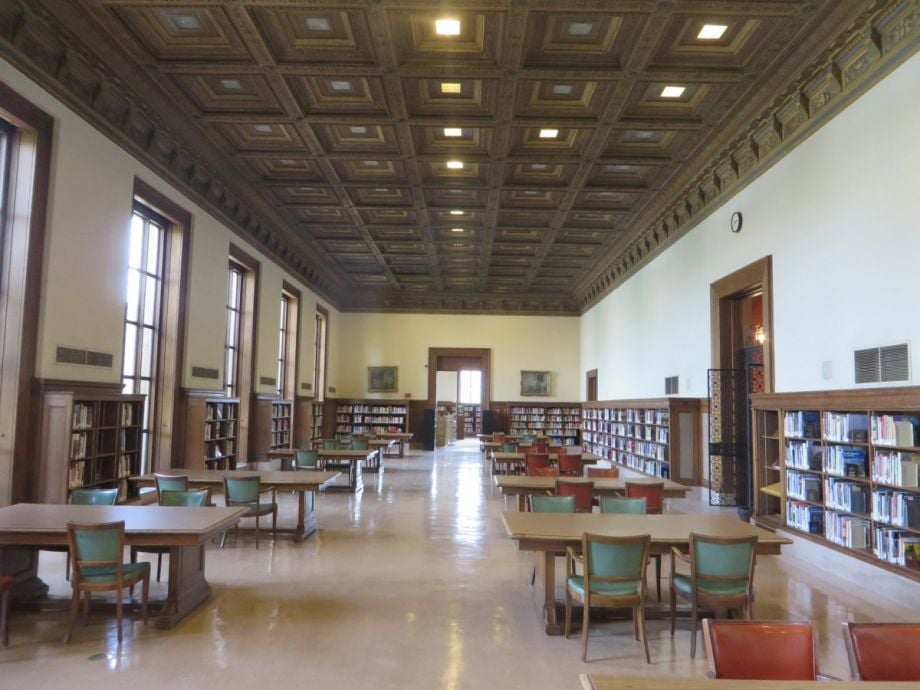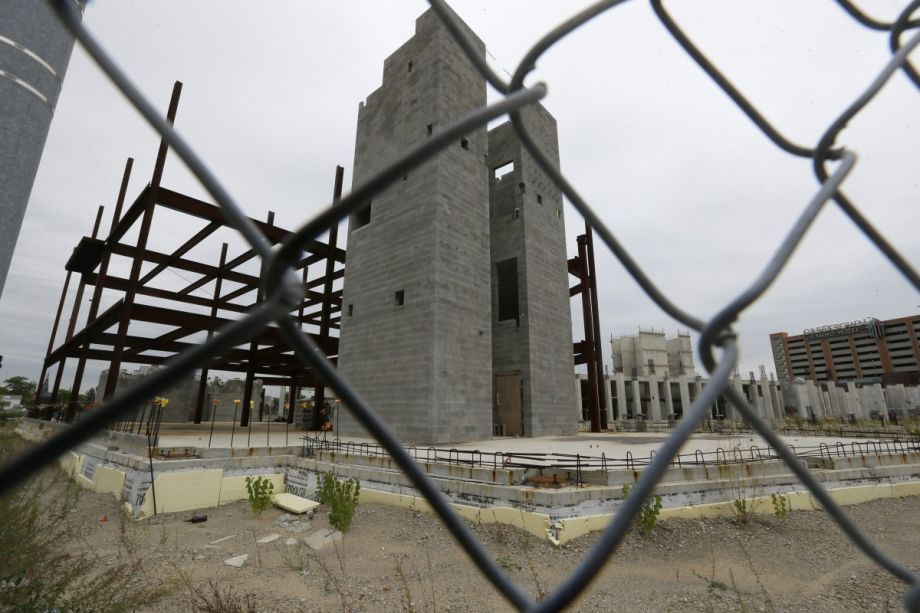It may not have as much placemaking pizzazz as a new bike-share or downtown arts district, but unless a city prioritizes basic service, people will not want to build roots in it. From safe drinking water to solid public schools, brass-tacks urbanism is the not-so-secret secret about growing a healthy city.
That’s what Laura Reese, a professor at Michigan State University, is finding in her years of research into the impact — or lack thereof — of faddish economic development policies. A forthcoming book that Reese is writing with Gary Sands of Wayne State University lays this out, and seems to build on their previous work together on how cities that are home to the “creative class” were no less likely to be spared the pains of the economic recession as less creative cities. Reese and Sands are not arguing against all the innovations in today’s urbanism, per se, but they do suggest that projects like riverwalks and casinos are isolated initiatives that can’t make up for a city’s inconsistent trash pickup or broken street lights. Compare it to an old house: New windows and a fresh coat of paint are great, but it won’t compensate for a sinking foundation and ragged roof.
This includes the utterly unsexy work of building an infrastructure for criminal justice. In downtown Detroit, a $300 million half-built “fail jail” still stands as a monstrous reminder of poor urban planning. Plenty of community leaders — including Quicken Loans CEO Dan Gilbert — think this is an opportunity to get the jail out of downtown once and for all. At a time when Detroit is trying to revitalize its urban core, they argue, who wants an imposing jail in the middle of the action? But as I wrote before, providing a centrally located jail is part of the fundamental responsibility of a city to serve public safety. The current jail is in the midst of a rising entertainment district, yes, but it is also near the courts, police department, bail bondsmen, law offices, public transportation and parking structures — a vast interconnected network that serves a practical purpose and can’t be easily replicated elsewhere. And besides, much as any other member of the community, the city must serve the people who work in, have family in and serve time in jail.
It is false to suggest that we must choose between the economic revitalization of Detroit and putting the highest priority on a public safety infrastructure. Indeed, as Reese’s research indicates, cities must have their house in order if they want to see any significant economic development growth. A national study she did with her colleague Minting Ye suggests that popular economic development initiatives — from tax abatements to technology corridors — picked up momentum without much evaluation on their actual impact. Their own exploration “suggests that local development policies have no effect on economic health at best and are detrimental at worst.”
But that doesn’t mean cities are helpless. Reese and Ye highlight the three areas where public policy has the strongest relationship to the economic health of residents. That begins with education. “Indeed, the tendency of education and growth to occur simultaneously may actually lead to underestimates of the impact of human capital investment on prosperity,” they write. Greater investment in school infrastructure, construction and upkeep correlates positively with economic health. (And, as we’ve seen in Detroit, the lack of investment in school infrastructure has dire consequences.) In a later study focused on Michigan, Reese also found that “investment in instruction and support services in local public schools” is a big boost. Graduation rates from public schools are critical, too, but this one is tricky. At least in Reese and Ye’s data, per student spending is not significantly correlated with graduation rates or school district performance. The question, then, on how exactly to boost public school graduation rates is still open.

The Detroit Public Library (Photo by Sean Marshall on flickr)
The second major factor in urban economic development is spending on basic public services, with a focus on the upkeep of streets, parks, libraries and public buildings. Residents, entrepreneurs and business owners alike are often attracted or dissuaded based on the quality of public services, Reese and Ye write. If a city is fortunate enough to have the presence of a national or state park, or a major lake, that too is a huge boon on economic health, and should be treated with care.
And finally, a low crime rate correlates to economic development. Every single aspect of crime is significantly and negatively associated with economic health, according to Reese and Ye, deterring residents, visitors and businesses. In their data, incidences of rape, burglary and theft are the greatest negative indicators, followed by murder, assault, auto theft and arson. It is a bigger environmental factor than weather, transportation connectivity or proximity to a major university or natural resource.
But this, too is a multifaceted problem. Crime is exacerbated by many factors that are beyond local control, and can shift from place to place as the opportunity presents. Spending on police services does not correlate to economic health, Reese and Ye write, but it would be foolish to think that a response to crime is wholly outside local control. The researchers suggest that further studies may better detail positive policy responses to crime.
Of course, education, public services and crime are interrelated factors, and for hard-hit cities that have a long way to go, it may be a relief that improvement in any one area is likely to impact the others. The key, though, is to avoid silver bullet thinking by banking on short-term development strategies. Instead, the best bet in today’s urbanism is to save the tax money spent on abatements and incentives. That money should be invested in the classic activities of local government — schools and safety.
Cities should do this not just because it is their responsibility to citizens, but also because research shows that it’s time to broaden our idea of what an economic development policy looks like. Maintenance on a public school may not be an obvious part of the toolkit — but the facts speak for themselves. And, as Reese and Ye note, this is a strategy that can’t exactly go wrong.
“If this too proves to be just another development policy fad or if there is no direct casual link between service investment and growth,” they wryly note in their study, “the worst that can occur is that the community will, over the long run, be a better place for people to live.”
The Equity Factor is made possible with the support of the Surdna Foundation.

Anna Clark is a journalist in Detroit. Her writing has appeared in Elle Magazine, the New York Times, Politico, the Columbia Journalism Review, Next City and other publications. Anna edited A Detroit Anthology, a Michigan Notable Book. She has been a Fulbright fellow in Nairobi, Kenya and a Knight-Wallace journalism fellow at the University of Michigan. She is also the author of THE POISONED CITY: Flint’s Water and the American Urban Tragedy, published by Metropolitan Books in 2018.
Follow Anna .(JavaScript must be enabled to view this email address)





_600_350_80_s_c1.JPEG)











